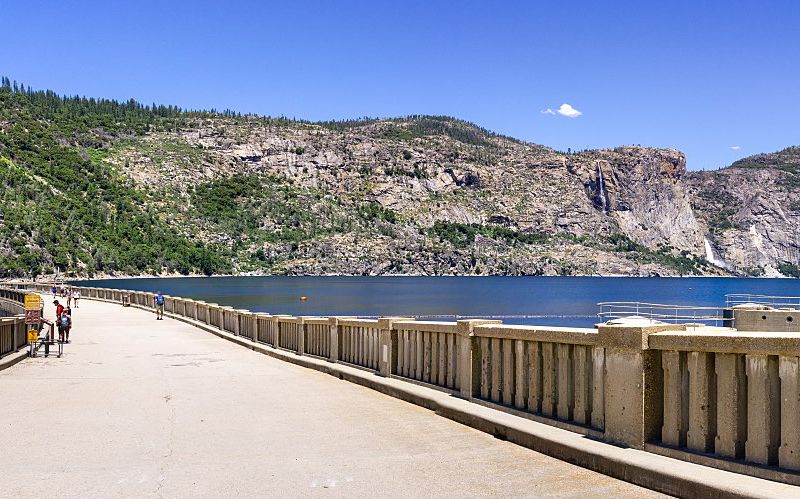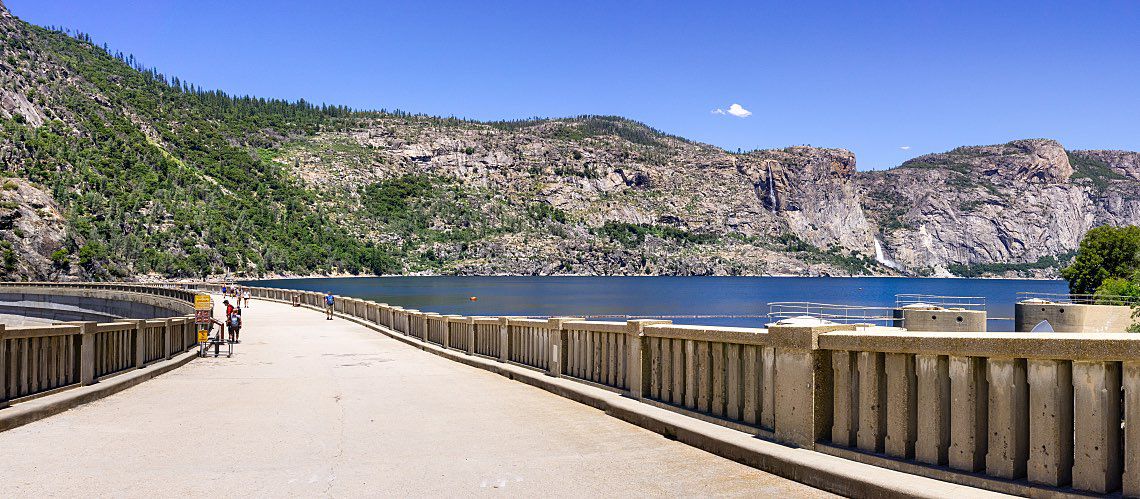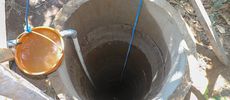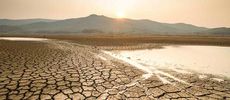Small Drinking Water Systems: EPA Experts Offer Tips During Virtual Meeting


Lab managers for small drinking water systems are often over-stretched and under-resourced. As you strive to keep up with trends and regulations aimed at protecting your local communities from waterborne diseases, experts from the Environmental Protection Agency (EPA) are ready to help.
On July 27, Laura Boczek, a research microbiologist at the EPA's Office of Research and Development, and Jennifer Best, a microbiologist at the agency's Office of Ground Water and Drinking Water, led a free webinar on Drinking Water Microbes.
In Drinking Water Microbes 102, the microbiologists picked up where last year's 101 webinar left off. They presented information in a way that any attendees who missed the previous session, or who hadn't seen the video, could quickly get up to speed. In addition, they clarified approved methods for analyzing drinking water, as well as relevant rules and regulations.
Here are the key takeaways and considerations for lab managers serving small drinking water systems.
Spotlight on Media and Methods
Boczek gave a presentation on bacteriology, noting how the water matrix, sample collection, and lab processing can influence bacterial counts and recovery performance. She emphasized proper sample hold and storage times, seeing as fluctuating temperatures and excessive storage times can lead to artificial negative test results.
Inside the lab, other factors may affect test results. One that Boczek highlighted is correct media formulation. "It's a recipe," she said, comparing the process to baking bread. "You have to make media properly so you have the right consistency — all the right nutrients in the right concentrations."
When running microbiology tests in different matrices, one key factor is to stay cognizant of how your media could affect whatever sample you're running. Best's presentation on the evaluation and approval of the methods used to analyze water touched on media, as well.
Further, Best frequently receives questions from small drinking water systems professionals about which methods to use. She told attendees that no single method works for every water matrix as each one is unique. Lab managers can help water utilities test different methods across seasons to figure out which bacteria are present and what works best to capture them.
Strengthen Communication and Collaboration
The EPA pays attention to public feedback on proposed rule changes published in the Federal Register. It's an essential part of the conventional regulatory process, Best said, displaying an example of an actual comment the agency received on the Revised Total Coliform Rule.
"This person recommended that we allow the use of disposable membrane filters. And we did," she said. "So, we changed the rule language based on the comment we got."
Open communication can also improve collaboration between a small drinking water system and its lab. Best pointed to a persistent gap in understanding between the "upstream" water system that must collect and ship samples in compliance with federal regulations and the "downstream" part in the lab that must follow specifications detailed in the approved methods.
The utility is the regulated entity that's ultimately responsible, so they need to work with their lab, Best said. One of the main reasons she wanted to present at the webinar was to bridge these two sides.
"If I lived in a perfect world, it would be this world where the laboratories and the water systems could work as close as possible together — so that the labs understood the regs a little better and the water systems understood the methods a little better," she said. "That's just what benefits everyone."
Annual Workshop Registration Opens
Registration has opened for the EPA's free Annual Drinking Water Workshop, which is scheduled to take place Aug. 30 to Sept. 2. This will be the second annual session with an entirely virtual program, due to the COVID-19 pandemic.
The four-day virtual workshop includes a series of online webinars followed by Q&A panels. Concurrent in-depth training sessions focus on corrosion, the water distribution systems modeling software EPANET, sanitary surveys, and managing legacy manganese. Talks cover specific monitoring and distribution as well as source and treatment topics, such as pathogens and per- and polyfluoroalkyl substances. See the full agenda for details. The agency recommends reviewing the agenda before registering to attend.






